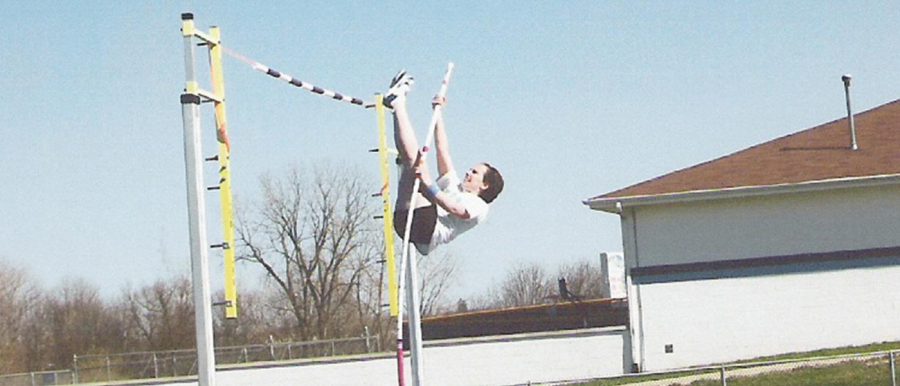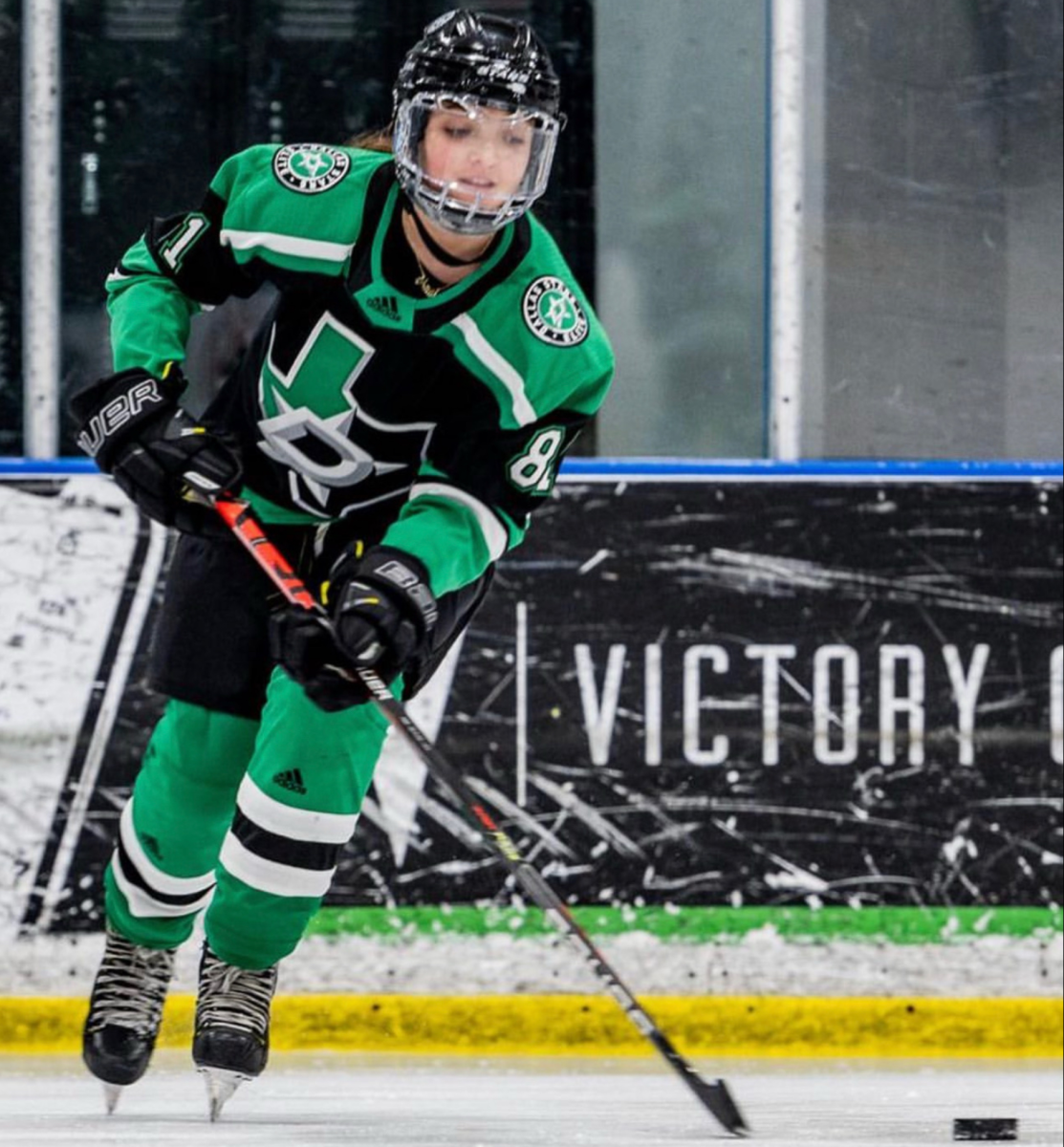With the addition of Upper School science teacher Dr. Jen Fore, Hockaday athletes are learning how to swing themselves over nine feet in the air in order to compete in the pole vaulting event.
“When they interview you for positions at private schools, they ask you if you are interested in doing outside things. I started researching the track team and how they have done in the past at SPC. I noticed that there were no pole vaulters,” Fore said.
Fore started pole vaulting her sophomore year of high school and competed at the collegiate level for Wright State University in Dayton, Ohio.
https://www.youtube.com/watch?v=yurPcuy0AJA&feature=youtu.be
Video provided by Fore.
“One of the reasons for my interest was because the guys were doing it. You get one a stick and fling yourself in the air, looked like fun and right up my alley,” Fore said.
According to Upper School Track and Field Coach Laboris Bean, students would have to travel to Lovejoy High School in order to practice. Since Fore joined the athletic department, she and Bean started working on the team in the fall and scheduled small training sessions for students to learn the basics of pole vaulting before the start of the spring season.
“It is more of a training session because it is a blackout period for track right now. So I can only train two girls per session,” Fore said. “I am trying to hold two sessions per week to give the basics because pole vaulting is a highly technical sport which takes years to practice.”
Senior Allie Charlton, who previously competed in the hurdles and discus, has attended a couple of these sessions with Fore and plans on competing in the pole vaulting event for upcoming track and field season.
“We practice in the long jump pit. We run with the pole and plant in the sand to practice the jumping motion, but we can not actually practice going over the bar yet,” Charleton said. “Even though I haven’t done any real pole vaulting yet or competitions, I like challenging myself.”
Pole vaulting incorporates a lot of moving parts that contribute to the high level of technicality. Fore separates pole vaulting into five parts: the run, the plant, the drive, the swing and the fly away, all of which involve trusting a narrow pole to support the runner’s weight.
“One of the most important things is that a lot of the girls have fear about taking off. You have to teach them that the pole vaulting mat will catch them,” Bean said. “Getting the girls over their fear is probably the biggest challenge.”
Charlton has experienced the difficulty of completing various specific movements while launching herself into the air. The force from the plant throws the runner into the air, where she then has to complete a series of specific motions.
“It’s a lot of physics, so you plant the pole and suddenly you are being propelled forward. Getting used to that feeling and completing all the elements in the air is difficult,” Charleton said. “I’m not scared about jumping through the air, but I’m worried that I won’t be able to somersault or flip in the air over the bar.”
The problem with holding these training sessions, however, is the lack of a pole vaulting facility at Hockaday. Right now, students are meeting with Fore on the Hockaday track to perfect the basics, but practice sessions will move to another location when the season starts.
“It has been a problem. We may end up practicing at St. Mark’s three times a week,” Bean said.
Additionally, the girls may take advantage of the pole vaulting facilities at Jesuit Preparatory School, which is right down the road from Hockaday.
Fore has been working with Upper School science teacher Leon de Oliveira, who specializes in physics, on developing a plan to construct a pole vaulting facility at Hockaday. De Oliveria has also constructed several pieces of equipment, like plant boxes, to help students practice.
“I have researched some designs and figured out different ways that we could go about it. I’ve gone and looked at a couple of schools like Greenhill,” de Oliveira said. “Some of the pit designs that I have seen use old tires as a base to level the ground and the pit is put on top of that. I was looking at using old palettes to support the base as a fairly economical option.”
The National Collegiate Athletics Association does not have any formal requirements for the construction of pole vaulting pits – the only guidelines pertain to the padding and the landing bed. Without any formal model to follow, de Oliveira has looked into a variety of options that do not require reconstruction of the entire track facility.
Despite not having a facility for this season, the addition of a pole vaulting team will not only bring a new sporting event to Hockaday, but help aid the track and field team during the SPC tournament. In the past, the Hockaday team has not been able to accumulate points for pole vaulting, which help contribute to the final total. Charlton attests to the fact, noting that fact that very few schools have female pole vaulters. Bean agrees.
“It’s like swimming and diving for Hockaday. [Diving] is a really big contributor to their points for SPC. In track, not having pole vaulting takes away points,” Bean said. “A large [number] of schools, like Greenhill, get a lot of points from pole vaulting, so we have to make up for those points in other events. This should equal out the playing field.”












